Product Consultation
Your email address will not be published. Required fields are marked *
1. High Load Capacity
The design of aerial work hydraulic cylinders must consider their usage in aerial work platforms, especially in situations where heavy loads need to be lifted. These cylinders are typically used in elevating platforms, lift arms, or cranes, where they need to lift and support heavy equipment, tools, or personnel. To ensure reliable operation under such high-load conditions, the following design considerations are made:
Design Features:
Enhanced Material Strength: Aerial work hydraulic cylinders are typically made from high-strength steel (such as alloy steel or carbon steel) for the cylinder body and piston rod. These materials offer high tensile and compressive strength, enabling them to withstand higher operating pressures and reaction forces.
Thicker Wall Design: To increase the pressure resistance, the cylinder wall is usually designed to be thicker than conventional hydraulic cylinders. This helps improve the impact resistance and longevity of the cylinder, preventing deformation or rupture under high loads.
Piston Rod Design: The piston rod is a critical part of the hydraulic cylinder, bearing immense pressure and friction. The surface of the piston rod is often hardened or chrome-plated to enhance wear resistance and corrosion resistance, extending its lifespan and reducing wear.
Large-Diameter Piston: To increase load capacity, the piston of the hydraulic cylinder is typically designed to be larger, ensuring greater thrust output to handle high-load operational demands.
Differences:
Compared to conventional hydraulic cylinders, aerial work hydraulic cylinders have stricter load-bearing requirements. Conventional hydraulic cylinders are primarily used for transmitting thrust or pulling force in industrial equipment under lighter loads. In contrast, aerial work hydraulic cylinders must be capable of lifting heavy objects and carrying personnel, requiring stronger materials, specialized design, and higher manufacturing standards.
Application Examples:
Aerial Work Platforms: Hydraulic cylinders are used in elevating platforms to support the overall structure and ensure the platform can carry heavy equipment, tools, or personnel. The weight of the platform and the potential load it carries need to be reliably lifted and stabilized by these cylinders.
Aerial Work Vehicles: In vehicles like engineering or fire trucks, where lift arms or cranes are used, hydraulic cylinders must support loads far exceeding the weight of the vehicle itself and ensure the boom operates smoothly and safely at height.
2. Corrosion Resistance and Adaptability to Harsh Environments
Aerial work hydraulic cylinders are typically exposed to outdoor environments, facing wind, rain, sunlight, moisture, dust, and high temperatures. Therefore, they must possess strong corrosion resistance and the ability to operate reliably in extreme environments to ensure long-term stable performance.
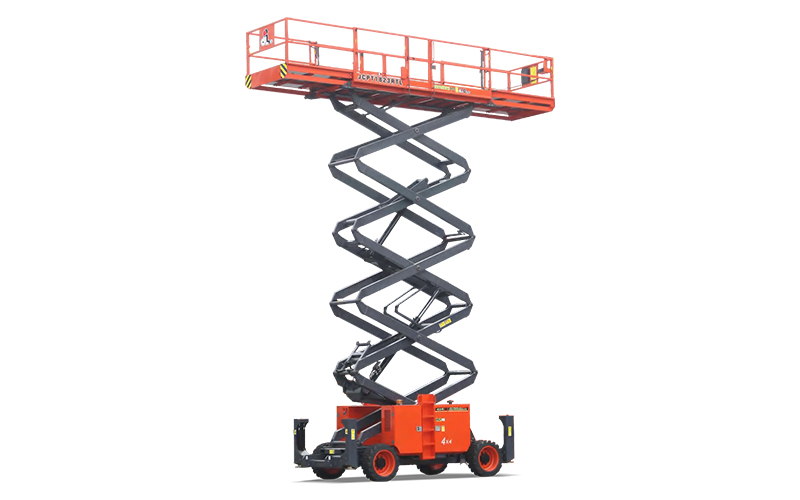
Design Features:
Corrosion-Resistant Coatings: The surface of hydraulic cylinders is often coated with corrosion-resistant coatings, such as chrome plating or spray coatings of epoxy resin or polyurethane. These coatings effectively prevent the metal surfaces from contacting air, moisture, and chemicals, reducing rust, corrosion, and wear.
Special Alloys: The cylinder body and piston rods of aerial work hydraulic cylinders are often made from special corrosion-resistant alloys (such as stainless steel or aluminum alloys). These materials can resist corrosion in high humidity, strong ultraviolet rays, or salt mist environments.
Sealing System: The internal sealing system of the hydraulic cylinder must also be specially designed to prevent moisture, dust, or contaminants from entering the hydraulic system. Seals are usually made from high-quality rubber or polyurethane materials, which can maintain good sealing performance in extreme temperature and humidity conditions to prevent hydraulic oil leakage.
Waterproof and Dustproof Design: Hydraulic cylinders are often designed with waterproof and dustproof features. For example, special seals and protective covers are used to prevent moisture and dust from entering the cylinder, reducing contamination of hydraulic oil and seals.
Differences:
Compared to ordinary hydraulic cylinders, aerial work hydraulic cylinders focus more on corrosion resistance and environmental adaptability. Ordinary hydraulic cylinders are typically used in indoor or mild environmental conditions, while aerial work hydraulic cylinders must withstand various harsh environments, especially exposure to moisture, chemicals, and UV rays outdoors, requiring stronger corrosion resistance and durability.
Application Examples:
Offshore Platforms: On offshore or coastal aerial work platforms, hydraulic cylinders are often exposed to seawater and salt mist, requiring strong corrosion resistance.
Outdoor Construction Sites: Aerial work platforms are commonly used on construction sites, where hydraulic cylinders must endure rain, mud, dust, and other harsh weather conditions, thus requiring better corrosion resistance and pollution resistance.
Your email address will not be published. Required fields are marked *
Marvelous Design Meets Rigorous Manufacturing
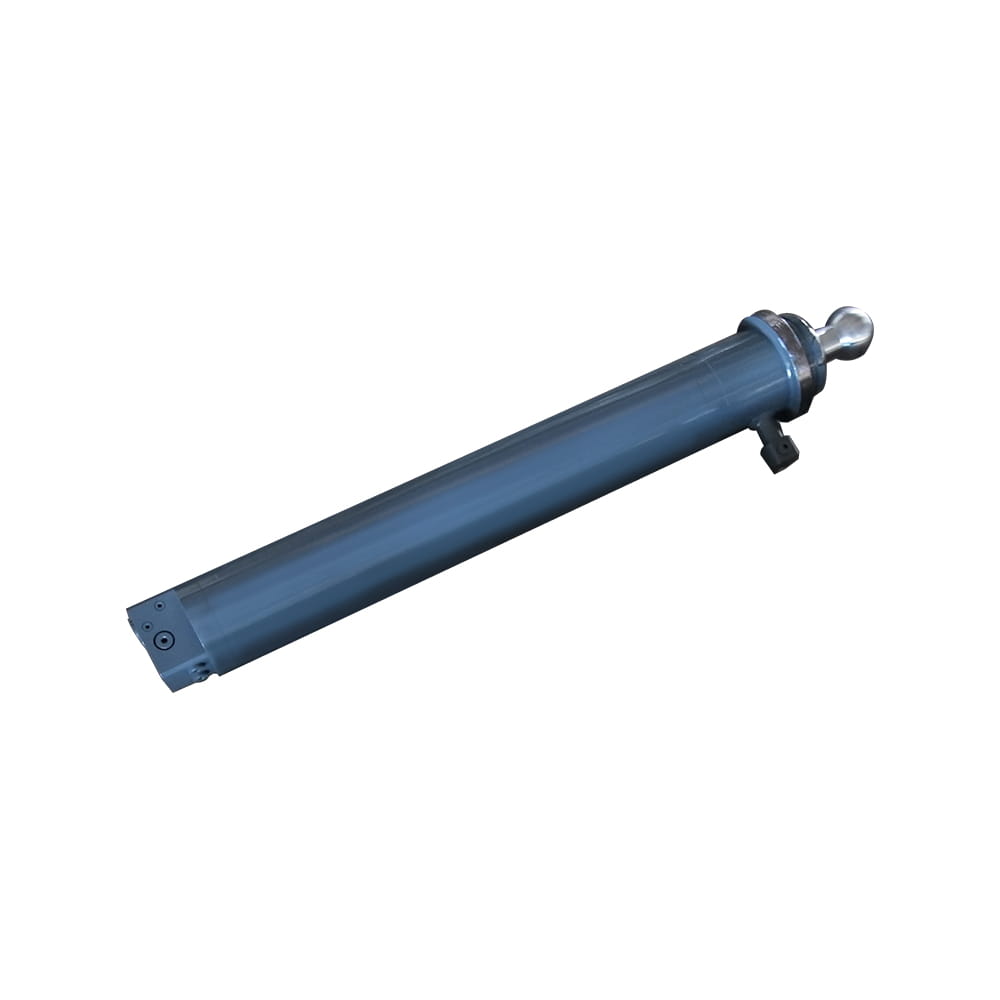 Scissor Lift Aerial Platform Hydraulic Outrigger Cylinder
Scissor Lift Aerial Platform Hydraulic Outrigger Cylinder
Function: Firmly Supports the Vehicle: Ensures stability during operation. The ball-head foot automatically levels on slopes, while the integrated balance valve...
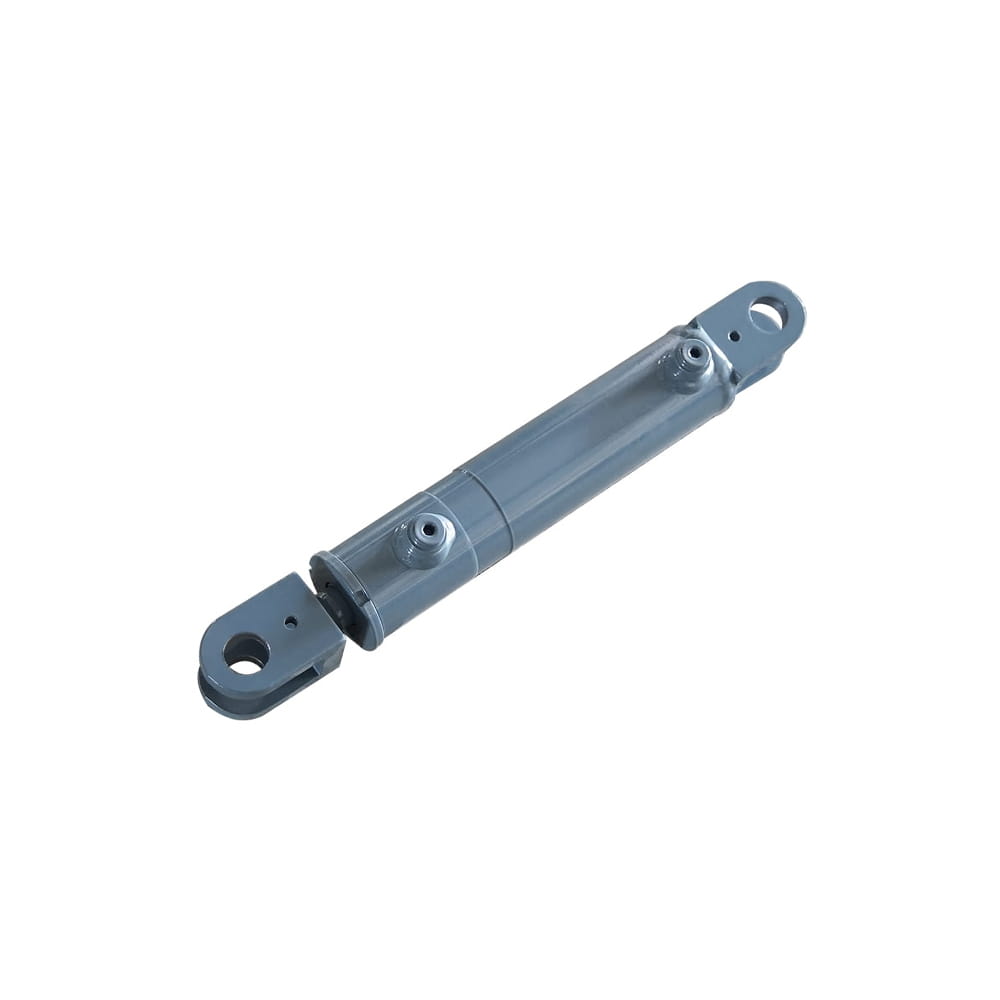 Scissor Lift Aerial Platform Hydraulic Steering Cylinder
Scissor Lift Aerial Platform Hydraulic Steering Cylinder
Function: Connecting Chassis and Wheel Hub: Through hydraulic pressure, drives the piston rod to move, enabling precise wheel hub rotation. This ensures platfor...
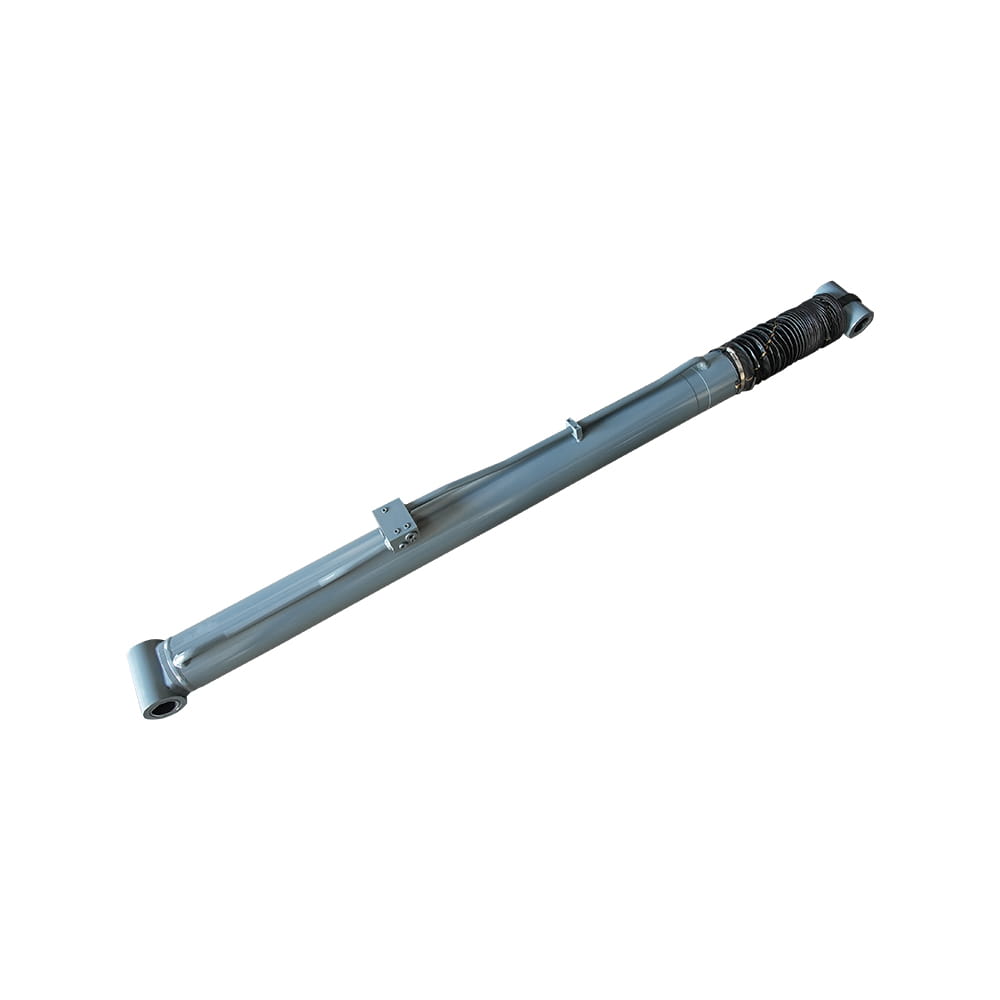 Boom Lift Aerial Platform Hydraulic Luffing Cylinder
Boom Lift Aerial Platform Hydraulic Luffing Cylinder
Function: Adjust the angle of the telescopic arm to flexibly position the work platform at various heights and positions, meeting diverse aerial work requiremen...
 Boom Lift Aerial Platform Hydraulic Telescopic Cylinder
Boom Lift Aerial Platform Hydraulic Telescopic Cylinder
Function: Adjust the length of the arm to allow the aerial work platform to lift and move flexibly, ensuring range and height requirements.
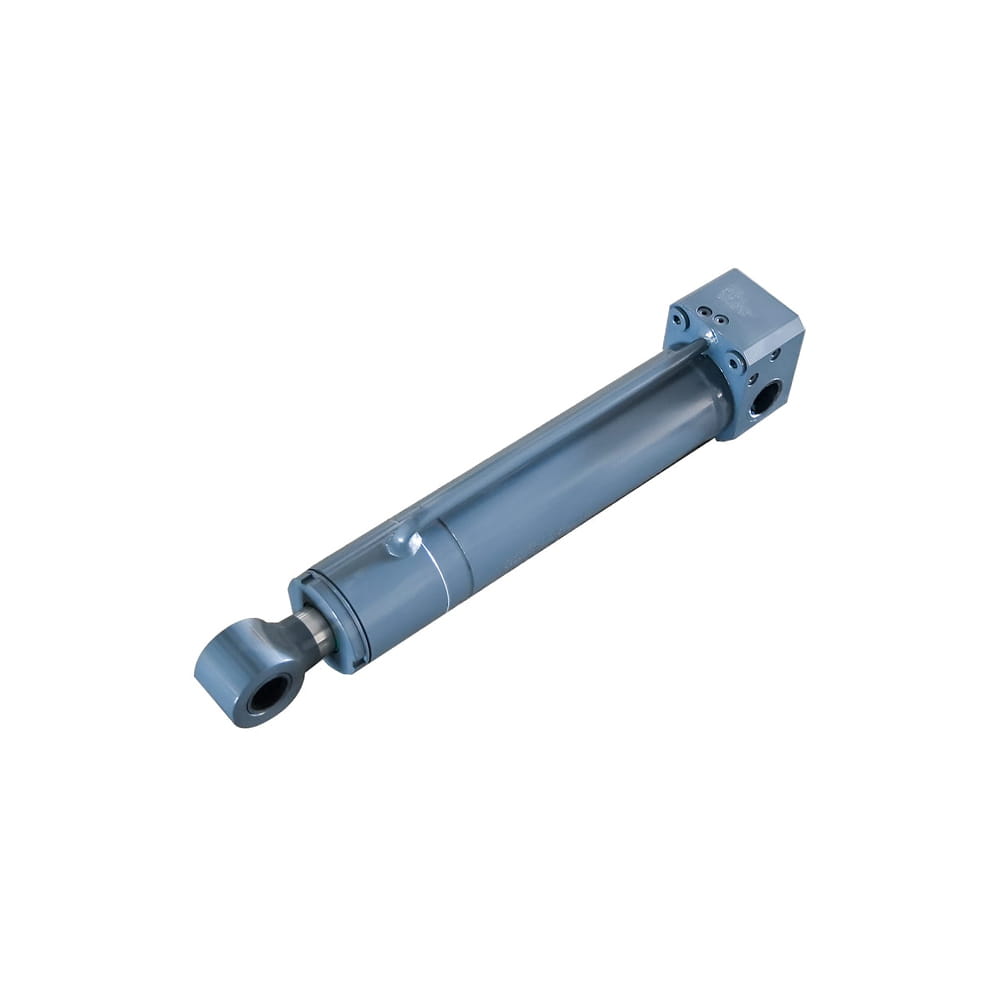 Boom Lift Aerial Platform Hydraulic Frame Leveling Cylinder
Boom Lift Aerial Platform Hydraulic Frame Leveling Cylinder
Function: Automatically adjust the chassis at the bottom of the platform to a level state, ensuring stable and wobble-free support in different terrains and wor...
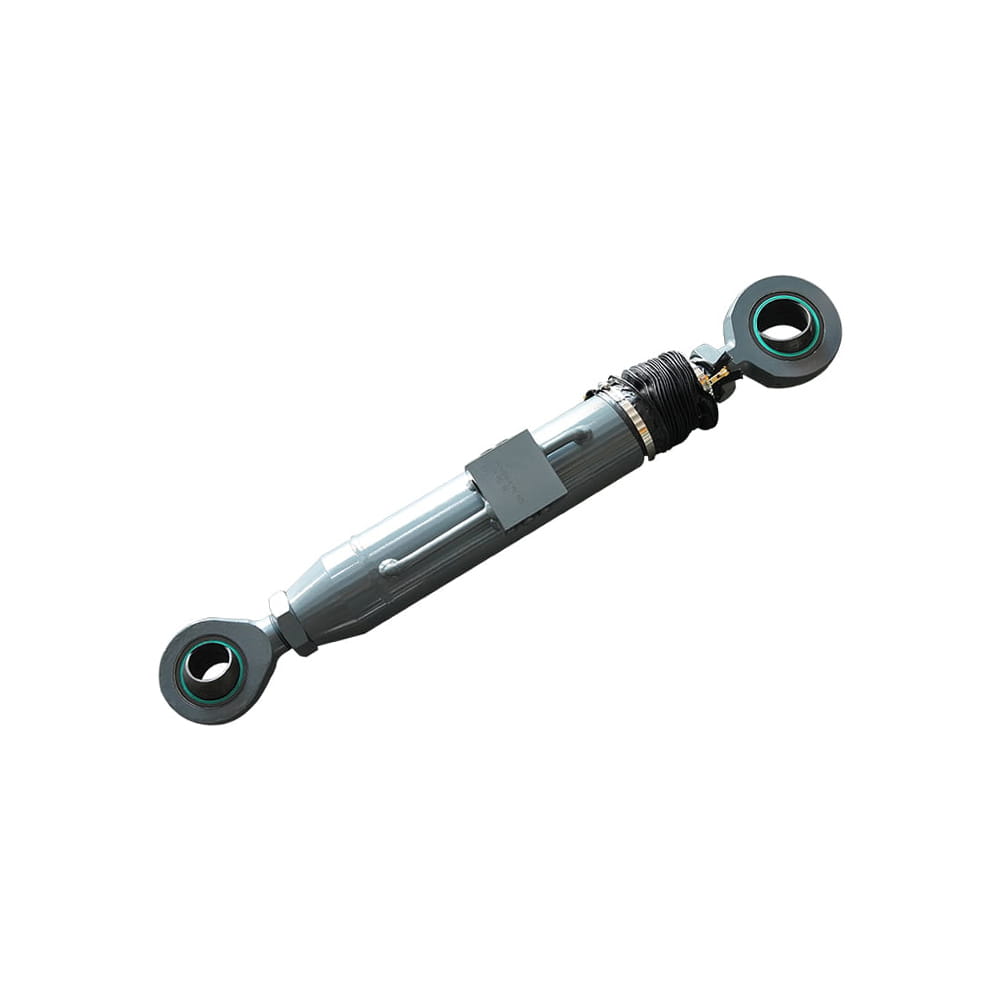 Boom Lift Aerial Platform Hydraulic Bridge Extension Cylinder
Boom Lift Aerial Platform Hydraulic Bridge Extension Cylinder
Function: An important design that enhances adaptability and working range. This function allows the platform to widen its chassis under specific conditions to ...
 Scissor Lift Aerial Platform Hydraulic Outrigger Cylinder
Scissor Lift Aerial Platform Hydraulic Outrigger Cylinder
Function: Firmly Supports the Vehicle: Ensures stability during operation. The ball-head foot automatically levels on slopes, while the integrated balance valve...
 Scissor Lift Aerial Platform Hydraulic Steering Cylinder
Scissor Lift Aerial Platform Hydraulic Steering Cylinder
Function: Connecting Chassis and Wheel Hub: Through hydraulic pressure, drives the piston rod to move, enabling precise wheel hub rotation. This ensures platfor...
 Boom Lift Aerial Platform Hydraulic Luffing Cylinder
Boom Lift Aerial Platform Hydraulic Luffing Cylinder
Function: Adjust the angle of the telescopic arm to flexibly position the work platform at various heights and positions, meeting diverse aerial work requiremen...
 Boom Lift Aerial Platform Hydraulic Telescopic Cylinder
Boom Lift Aerial Platform Hydraulic Telescopic Cylinder
Function: Adjust the length of the arm to allow the aerial work platform to lift and move flexibly, ensuring range and height requirements.
 Boom Lift Aerial Platform Hydraulic Frame Leveling Cylinder
Boom Lift Aerial Platform Hydraulic Frame Leveling Cylinder
Function: Automatically adjust the chassis at the bottom of the platform to a level state, ensuring stable and wobble-free support in different terrains and wor...
 Boom Lift Aerial Platform Hydraulic Bridge Extension Cylinder
Boom Lift Aerial Platform Hydraulic Bridge Extension Cylinder
Function: An important design that enhances adaptability and working range. This function allows the platform to widen its chassis under specific conditions to ...
 Scissor Lift Aerial Platform Hydraulic Outrigger Cylinder
Scissor Lift Aerial Platform Hydraulic Outrigger Cylinder
Function: Firmly Supports the Vehicle: Ensures stability during operation. The ball-head foot automatically levels on slopes, while the integrated balance valve...
 Scissor Lift Aerial Platform Hydraulic Steering Cylinder
Scissor Lift Aerial Platform Hydraulic Steering Cylinder
Function: Connecting Chassis and Wheel Hub: Through hydraulic pressure, drives the piston rod to move, enabling precise wheel hub rotation. This ensures platfor...
 Boom Lift Aerial Platform Hydraulic Luffing Cylinder
Boom Lift Aerial Platform Hydraulic Luffing Cylinder
Function: Adjust the angle of the telescopic arm to flexibly position the work platform at various heights and positions, meeting diverse aerial work requiremen...
 Boom Lift Aerial Platform Hydraulic Telescopic Cylinder
Boom Lift Aerial Platform Hydraulic Telescopic Cylinder
Function: Adjust the length of the arm to allow the aerial work platform to lift and move flexibly, ensuring range and height requirements.
 Boom Lift Aerial Platform Hydraulic Frame Leveling Cylinder
Boom Lift Aerial Platform Hydraulic Frame Leveling Cylinder
Function: Automatically adjust the chassis at the bottom of the platform to a level state, ensuring stable and wobble-free support in different terrains and wor...
 Boom Lift Aerial Platform Hydraulic Bridge Extension Cylinder
Boom Lift Aerial Platform Hydraulic Bridge Extension Cylinder
Function: An important design that enhances adaptability and working range. This function allows the platform to widen its chassis under specific conditions to ...
Copyright © by Zhejiang Huanfeng Machinery Co., Ltd. Rights Reserved.
